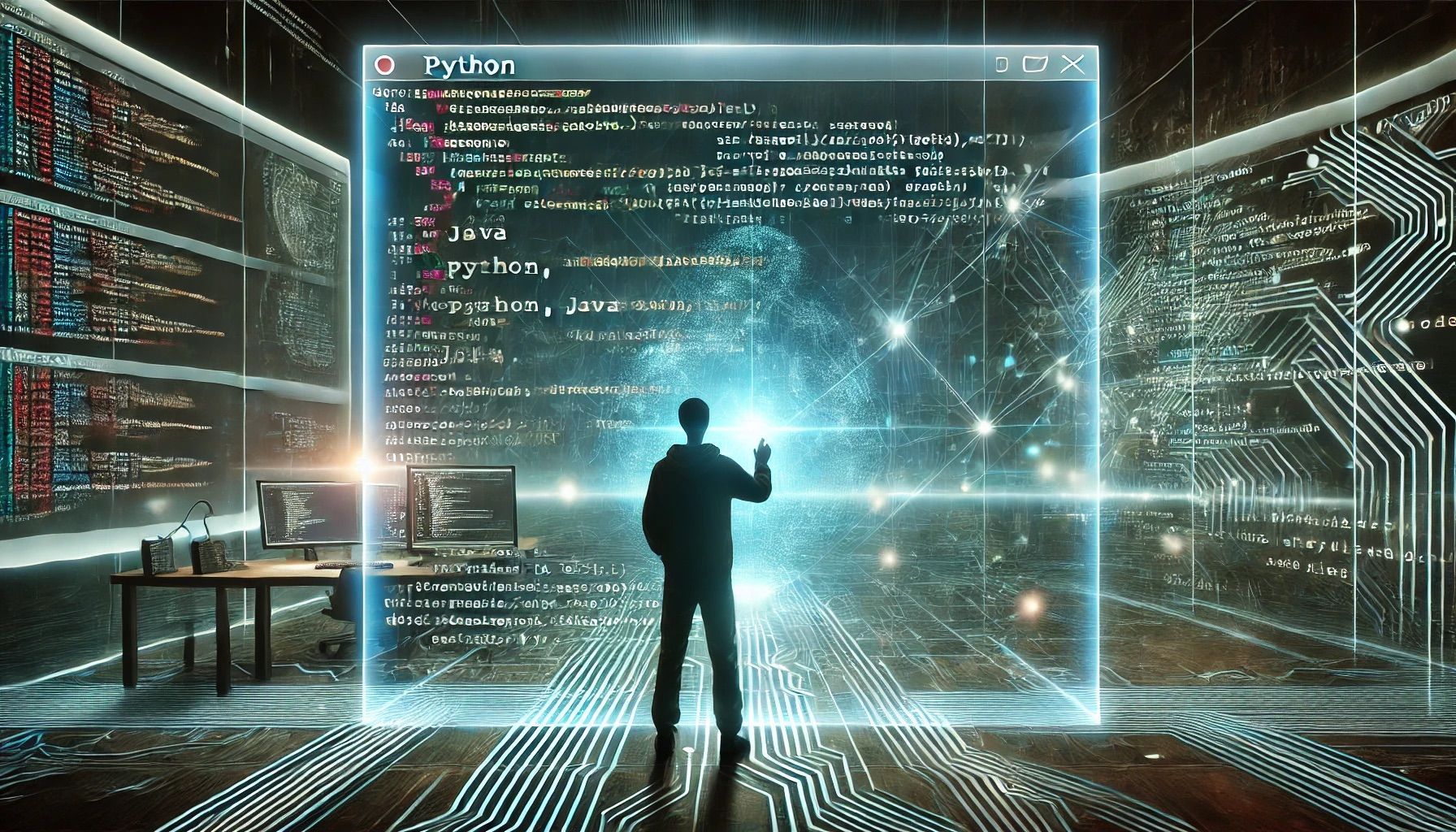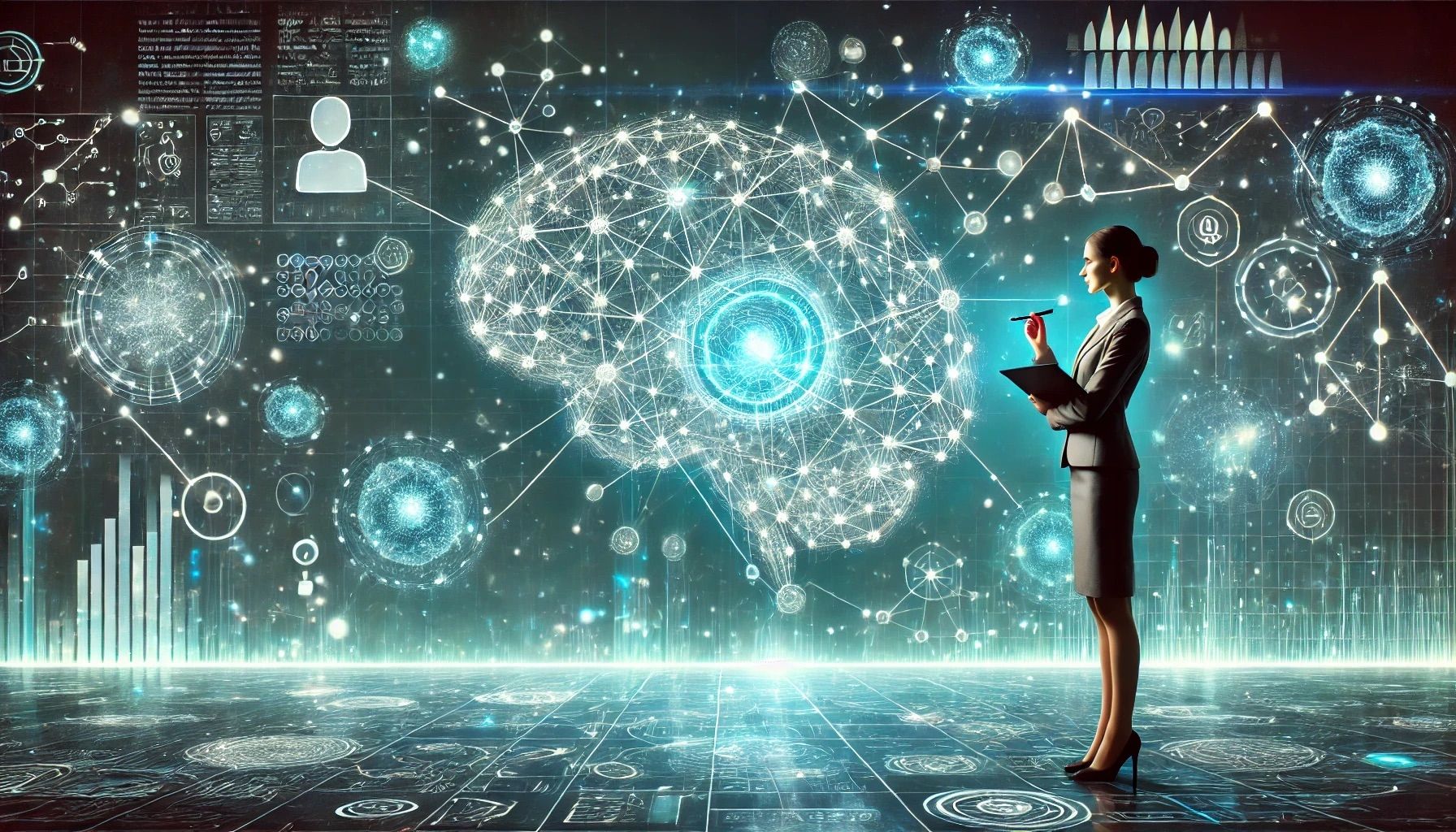What Are AI Guardrails?
Why Do We Need AI Guardrails?

How Do AI Guardrails Work?
Types of AI Guardrails
Challenges in Implementing AI Guardrails

Looking Ahead: The Future of AI Guardrails

Ready to Learn More?
Your Next Step: AI Degree


